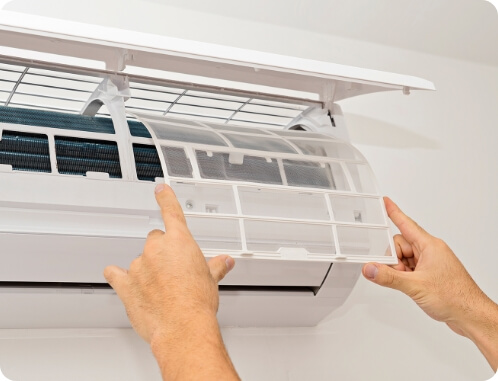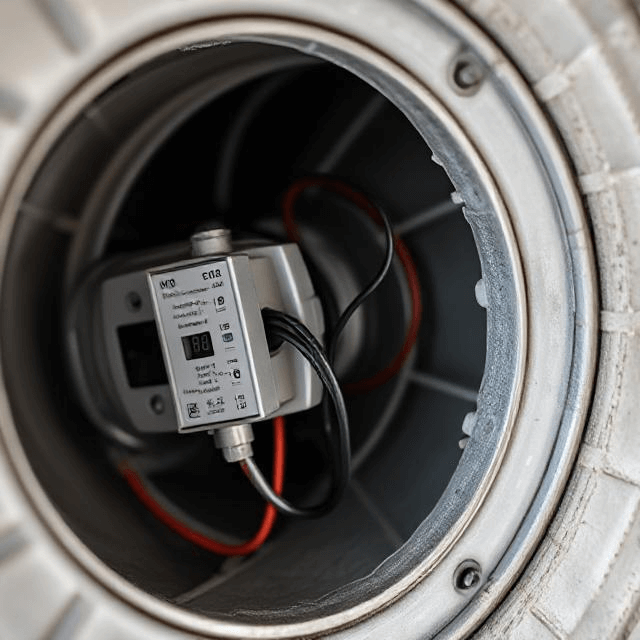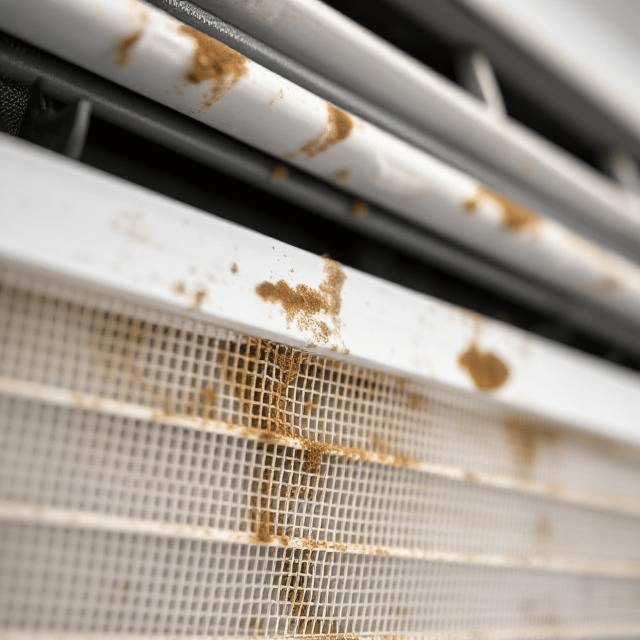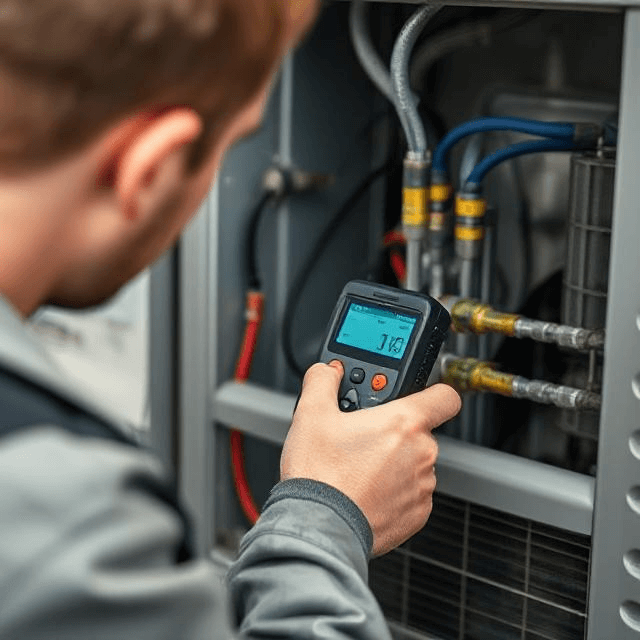In our years of serving the Los Angeles community, the topic of air filters often emerges, especially when homeowners seek to improve indoor air quality. One particular filter that has piqued the interest of many is the electrostatic air filter. But what exactly is it? As your trusted HVAC experts at Season Control HVAC, we’re here to demonstrate this technological marvel and its benefits.
What is an electrostatic air filter?
At its core, an electrostatic air filter operates using static electricity—a natural phenomenon where charged particles attract one another. This filter harnesses this principle to capture and hold onto airborne contaminants, ensuring they don’t circulate throughout your home.
How electrostatic filters work
Principle of Operation
Air contains various particles. As it moves through the layers of the electrostatic filter, a static charge is naturally generated. This charge magnetically draws particles towards the filter material, trapping them efficiently.
Construction
The filter is primarily composed of multiple layers of vented material. The layers produce the necessary static electricity to capture airborne particles as air glides through.
The advantages of electrostatic filters
- Eco-Friendly and Cost-Efficient: One major draw to electrostatic filters is their reusability. Instead of purchasing disposable filters several times a year, homeowners can simply wash and reuse them. This reduces waste and can lead to substantial savings over time.
- Efficient Particle Capture: While they’re exceptional at trapping larger contaminants like dust, pet dander, and pollen, they might not catch microscopic particles as effectively as other filter types. However, for many households, they offer sufficient filtration.
- Reduced Waste: Without constantly replacing and discarding filters, you’re contributing less to landfill waste, making it an environmentally friendly choice.
How to maintain an electrostatic filter
For these filters to work optimally, regular cleaning is paramount. Over time, the accumulated particles can obstruct airflow and reduce your HVAC system’s efficiency.
Here’s how you can keep it in top shape:
- Frequency: Depending on your home’s dust levels and general air quality, consider cleaning your filter every 4-6 weeks.
- Cleaning Method: To clean an electrostatic air filter, use a garden hose equipped with a power spray nozzle and set the water to full pressure. Ensure you spray the filter’s clean side, opposite the direction indicated by the airflow arrows, to backwash the filter and remove contaminants effectively.
Season Control HVAC offers maintenance plans, so you don’t have to worry about when or how to maintain your air filters.
Consider this before switching to electrostatic filters
Before switching to an electrostatic filter, weighing its benefits against your household’s specific needs is essential. If members suffer from severe allergies or respiratory issues, consider a High-Efficiency Particulate Air (HEPA) filter, especially during seasons with lower air quality.
Final thoughts
Electrostatic air filters present a wonderful blend of sustainability and efficiency. While they might not be the perfect fit for every household, they offer significant advantages that can’t be overlooked. As always, aligning your choice with your home’s unique requirements is crucial.
If you’re contemplating which air filter suits your home or have any other HVAC-related queries, Season Control HVAC is just a call away. Our dedicated team, with years of expertise in serving the Los Angeles community, is always ready to ensure your home stays comfortable, regardless of the season.
Contact Season Control HVAC today and breathe easier knowing your indoor air quality is in expert hands.
FAQs
Electrostatic air filters are beneficial for capturing larger particles and are washable and reusable, making them environmentally friendly and cost-effective over time. However, their efficiency in capturing smaller particles like bacteria, viruses, and some allergens might be less than some other types of filters. Whether they are “better” often depends on the specific needs and preferences of the user.
HEPA (High Efficiency Particulate Air) filters can capture at least 99.97% of particles 0.3 microns in diameter, including many bacteria, viruses, and allergens, making them more effective than standard electrostatic filters at trapping smaller particles. Electrostatic filters, on the other hand, are reusable and can capture larger particles effectively. The decision between HEPA and electrostatic often depends on one’s priority: filtration efficiency or reusability.
Electrostatic air filters might be less effective than HEPA filters in trapping small particles, and their efficiency can decline without regular cleaning. They can sometimes restrict airflow, impacting the HVAC’s performance, and necessitate consistent cleaning, which may be cumbersome for some.









